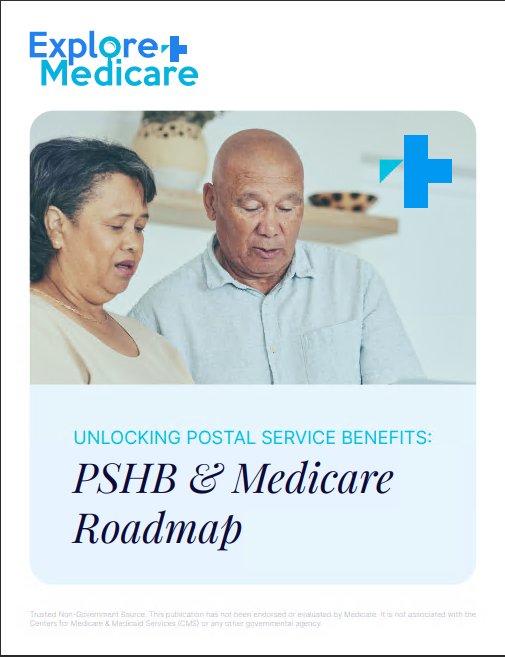Key Takeaways:
-
You can qualify for Medicare based on age, disability status, or certain medical conditions, but not everyone is eligible.
-
Knowing when and how to enroll ensures you don’t face coverage gaps or late penalties.
Understanding Medicare Eligibility in 2025
Medicare is the country’s health insurance program for seniors and specific groups of younger people with disabilities or qualifying health conditions. If you’re approaching Medicare eligibility, it’s important to understand the rules, enrollment timelines, and what steps you need to take. In 2025, several key factors determine whether you can sign up, who isn’t eligible, and how to avoid penalties or coverage delays.
Who Qualifies for Medicare in 2025?
Most people qualify for Medicare automatically when they turn 65, but some may become eligible earlier due to a disability or specific medical condition. Here’s a breakdown of who can sign up:
Age-Based Eligibility
-
If you are 65 or older, you can enroll in Medicare as long as you are a U.S. citizen or a legal resident who has lived in the country for at least five consecutive years.
-
You don’t need to be retired to sign up. Even if you’re still working, you can enroll at 65.
Medicare Eligibility Before Age 65
You may qualify for Medicare before turning 65 if you:
-
Have received Social Security Disability Insurance (SSDI) for at least 24 months.
-
Have been diagnosed with End-Stage Renal Disease (ESRD), which requires dialysis or a kidney transplant.
-
Have Amyotrophic Lateral Sclerosis (ALS), also known as Lou Gehrig’s disease, in which case Medicare begins the same month you start receiving Social Security disability benefits.
Who Does NOT Qualify for Medicare?
Not everyone can sign up for Medicare, even if they meet the age requirement. You may not qualify if:
-
You haven’t worked long enough to earn at least 40 Social Security credits (about 10 years of work in most cases). However, you can still enroll in Medicare by paying a premium for Part A.
-
You are not a U.S. citizen or a permanent resident who has lived in the country for five consecutive years.
-
You don’t meet disability or medical condition requirements for early eligibility.
How to Enroll in Medicare
Automatic Enrollment vs. Manual Enrollment
-
If you’re already receiving Social Security or Railroad Retirement Board (RRB) benefits, you will be automatically enrolled in Medicare Parts A and B when you turn 65.
-
If you aren’t receiving these benefits, you must sign up manually through Social Security.
When Can You Sign Up?
There are specific timeframes when you can enroll in Medicare:
Initial Enrollment Period (IEP)
-
Begins three months before your 65th birthday
-
Includes your birthday month
-
Ends three months after your 65th birthday
-
Missing this period could mean late penalties and coverage delays.
Special Enrollment Period (SEP)
You may qualify for an SEP if you delayed Medicare because you were covered by an employer health plan. This period allows you to enroll without penalties once your job-based coverage ends.
General Enrollment Period (GEP)
If you miss your IEP, you can sign up during the General Enrollment Period, which runs from January 1 to March 31 each year. Coverage begins July 1, and late penalties may apply.
Costs You Should Be Aware Of
While Medicare provides essential coverage, it’s not free. Here’s what you need to know about costs:
-
Medicare Part A (Hospital Insurance): Usually free if you or your spouse paid Medicare taxes for at least 10 years. Otherwise, you pay a monthly premium.
-
Medicare Part B (Medical Insurance): Has a monthly premium based on income and an annual deductible.
-
Medicare Part D (Prescription Drug Coverage): Comes with its own premium, deductible, and copays.
What Happens If You Miss Enrollment?
If you don’t sign up for Medicare when you’re first eligible, you could face:
-
Late enrollment penalties that increase your monthly premium permanently.
-
Gaps in coverage until the next enrollment period.
What About Medicare and Employer Coverage?
-
If you’re still working at 65 and have employer-sponsored health insurance, you may delay Medicare without a penalty.
-
If your employer has fewer than 20 employees, you should sign up for Medicare at 65, as it becomes your primary coverage.
-
If your employer has 20 or more employees, you may be able to keep your work coverage and sign up for Medicare later.
When Do You Need to Sign Up for Medicare Part D?
-
If you don’t have creditable prescription drug coverage, you must enroll in Part D when you become eligible to avoid late penalties.
-
Creditable coverage means drug coverage that’s as good as or better than Medicare’s standard.
What If You’re Not Sure About Your Eligibility?
If you’re unsure whether you qualify for Medicare, you can:
-
Check with Social Security to verify your work credits.
-
Speak with a licensed Medicare agent to discuss your options.
-
Visit the Medicare website for more details on enrollment.
Take the Next Step Toward Medicare Coverage
Understanding your Medicare eligibility is crucial to making informed decisions about your health coverage. Whether you qualify based on age, disability, or medical condition, knowing when and how to enroll can help you avoid penalties and coverage gaps. If you need assistance, get in touch with a licensed agent listed on this website to explore your options and ensure a smooth Medicare enrollment process.





